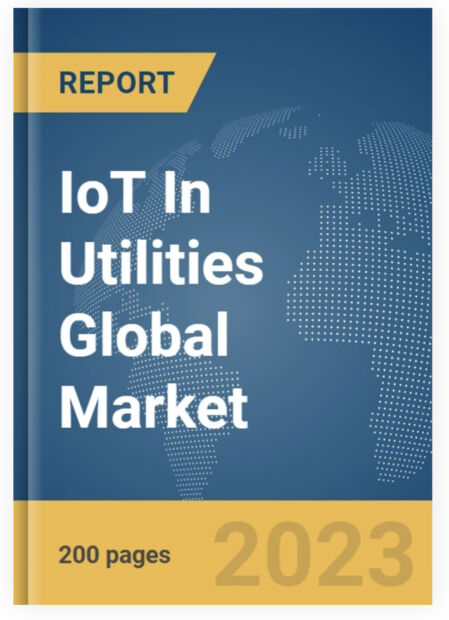IoT in utilities to see 13.7% CAGR
- January 17, 2024
- Steve Rogerson

The IoT in utilities market will grow from $47.8bn in 2023 to $89.32bn in 2028 at a CAGR of 13.7%, according to Research & Markets.
Even in the short term, it will grow 11.9% to $53.49bn in 2024.
The expansion observed historically can be attributed to early adopters and pilot projects, regulatory requirements, the demand for response and energy conservation measures, predictive maintenance strategies, and the deployment of smart meters.
The market size is expected to see rapid growth in the next few years, attributed to the focus on customer-centric services, the implementation of cyber-security measures, the development of smart cities and infrastructure, and the adoption of water and waste management. Major trends expected during this period include grid modernisation, efforts towards energy efficiency and optimisation, integration of renewable energy sources, emphasis on asset management and predictive maintenance, and advancements in smart metering and billing.
The growing demand for digitisation is set to drive the expansion of the market. In this context, digitisation employs digital tools to monitor systematically and enhance physical infrastructure, incorporating automation to improve workforce safety and efficiency, ultimately improving customer interactions.
This approach also facilitates the integration of distributed systems with digital grid technology.
As reported by Trade Arabia in April 2022, the utility sector experienced a surge in digitisation technology implementation, resulting in a reduction of up to 25% in operating expenses and performance gains ranging from 20% to 40% in areas such as safety, reliability, customer satisfaction and regulatory compliance. Hence, the escalating demand for digitisation acts as a catalyst for the growth of the IoT in the utility market.
The increasing emphasis on waste management is anticipated to fuel the expansion of the IoT in the utilities market. Waste management involves the responsible and efficient collection, treatment, disposal and management of waste materials. IoT integration in waste management presents utilities and municipalities with opportunities to streamline operations, cut costs, enhance sustainability and improve the overall quality of waste management services, contributing to cleaner and more sustainable urban environments.
According to a report from the European Parliament in June 2023, France led the way in recycling, with 49.6% of municipal waste recycled in 2021. The EU has set a goal of recycling and reusing 60% of municipal waste by 2030, underscoring the increasing demand for waste management that propels the growth of the IoT in the utilities market.
The integration of technologies stands out as a significant trend gaining momentum in the market. Industry players are integrating technologies to secure a competitive advantage. An illustration of this trend is evident in the initiative by the Dubai Electricity & Water Authority (Dewa) in March 2022. Dewa launched a 6U nanosatellite equipped with customised high-resolution image sensing designed for communications with IoT terminals. These nanosatellites are tailored for use in energy and water networks, serving to detect thermal irregularities in high-voltage transmission lines, substations, homes and solar power stations.
For more information on the “IoT in Utilities Global Market Report 2024”, see www.researchandmarkets.com/report/utilities-iot.




